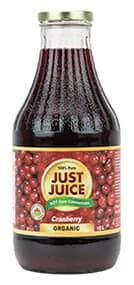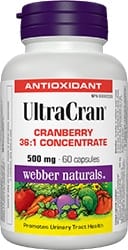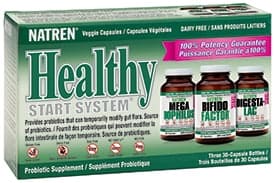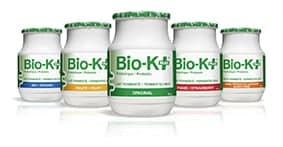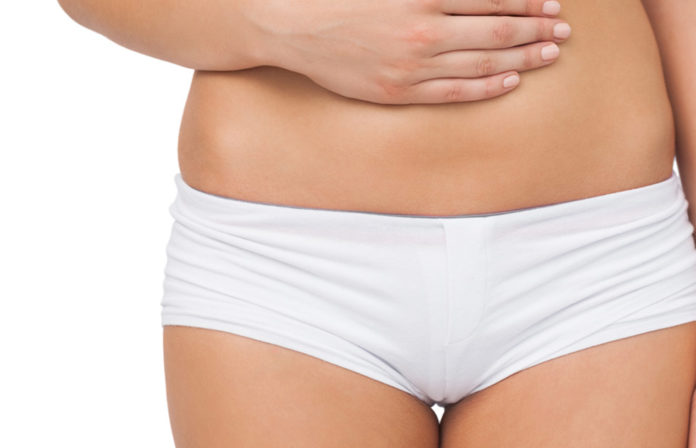
BY DR. KAROL WOJEWNIK
Grey’s Anatomy may have first introduced us to the Va-jay-jay euphemism, but it was Oprah who made the term a household phrase and landed it in the Webster’s Dictionary. Whatever you call it, va-jay-jay or vagina, it’s important that you feel comfortable enough to talk about its health and common issue’s that can occur. Here’s a short cut to the vagina university and how you can graduate with a good knowledge of its overall health, plus some natural solutions for keeping it in good health.
NATURAL SOLUTIONS FOR URINARY TRACK INFECTIONS
Vaginal hygiene is extremely important when it comes to reducing the risk of urinary track infections (UTI’s). Make sure the soap you choose is made from natural sources, and that it does not contain parabens. I do not recommend lavages since they wash out the good probiotic flora, making it more favourable for a yeast infection to occur.
When you wipe after going to the washroom, it’s important to wipe away from the vagina and not towards it. Wiping back to front may introduce bacteria normally present in the colon that can cause UTIs.
It is also important that your sexual partner maintains good genital hygiene, as it is very common for the partner to introduce the bad bacteria that cause UTI’s.
Drinking cranberry juice (unsweetened) or taking cranberry extract is also excellent for prevention of UTI’s, and for shortening their duration if they do occur. Cranberries contain compounds that hinder the attachment of bacteria to the inner lining of the genito-urinary tract.
YEAST INFECTIONS 101
Yeast infections are caused by a specific yeast called candida albicans. Although it’s a normal inhabitant of the vagina, candida is usually kept under control by the presence of good bacterial flora such as lactobacilli. However, when healthy flora is hindered through diet, environment, detergent use, antibiotics or a weakened immune system candida has room to multiply and flourish. Yeast infections can arise as a result.
Candidiasis, or a yeast infection, is usually characterized by a white gelatinous discharge, inflammation of the walls of the vagina and vulva, and burning or itching. This irritation to the vaginal walls and the cervix make both more susceptible to infections, including the papilloma virus (the cause of most cervical cancers). Candida also makes an unfriendly environment for sperm, which can lead to infertility problems.
TREATING A YEAST INFECTION
There are many effective anti-fungal medications for candidiasis. Unfortunately the oral ones have a negative impact on the liver. The local suppository medications are very effective and are minimally absorbed into the bloodstream, making them less toxic to internal organs. The problem with these medications, however, is that they also kill the good bacteria such as the lactobacilli. This is problematic because the lactobacilli help maintain a healthy pH in the vagina. Killing off the lactobacilli also leaves room for candida to return once the treatment is completed, creating a vicious cycle of yeast infections and treatment.
There are, however, natural solutions for dealing with candidiasis. Simply soaking a tampon in kefir or sour milk and using it as a suppository will provide a healthy dose of good bacteria, making less room for candida to thrive. It may not be as effective as anti-fungals for a full-blown infection, however, applying this therapy prophylactically will substantially decrease the chances of getting the infection in the first place. It is also great right after anti-fungal treatment for the replenishment of the healthy vaginal flora.
THE BIG C
With regards to vaginal health and the cervix the major concern is cervical cancer. Cancer usually occurs due to an infection with papilloma virus. The papilloma virus is sexually transmitted, and the risk of such an infection increases when one has intimate contact with multiple sexual partners, when practicing unprotected sex with a partner of unknown sexual history, and when smoking cigarettes. Smoking has a direct effect on cervical cancer through carcinogens, but it also makes the cervix more favourable for the papilloma virus as well as for the virus to cause cancerous changes.
With the advent of the Papanicolaou (Pap smear) test, the rate of cervical cancer had dropped dramatically in developed countries. Most women should get their first Pap smear test at 21, or one to two years after first having intercourse (whichever comes first). The test should be performed once every three years if there are no negative changes found on the previous tests. This can be increased to once every five years if three tests in sequence come back negative. If the test comes back positive, medical measures should be undertaken (the nature of which depends on the severity of the changes), and the Pap smear should be done every year thereafter for at least five years. Although the test in not recommended for someone that has never been sexually active, there is a slight chance that the person may acquire cancerous changes due to cigarette smoke or random chance. In this case I recommend doing the first test at the age of 25, and then every five years thereafter.
Cancers of the outer vagina (the part of the vagina visible on the outside) usually occur later in life. Therefore it is important to examine the vagina on a regular basis, especially as we age. Any suspicious growth or hardened area on the surface or under the skin should be examined by a gynaecologist. Also any change in pigmentation of the vagina or the surrounding skin should also be examined, as this could be the first sign of melanoma.
VAGINAL DRYNESS
Dryness of the vagina during menopause or post menopause can be problematic for women with regards to general comfort as well as during sexual intercourse. This dryness is a result of the natural drop in estrogen during this time period.
Vaginal dryness can be resolved by using natural lubricants and estrogen creams (avoid products with a long list of chemical names that are difficult to pronounce). Estrogen creams get absorbed through the skin and though the mucosal surfaces of the vagina, however this absorption happens to such a small extent that it poses minimal risk with regards to negative estrogen exposure. Simply put, estrogen creams cannot be compared to hormonal replacement therapy.
TRY: Just Juice Cranberry Juice
This 100 per cent pure, all-natural cranberry juice is used to treat and soothe the symptoms of yeast infections, as well as help boost healthy pH balance in the vagina and treat fungal infections. (1L, $11.29)
TRY: Webber Naturals UltraCran 36:1 Concentrate capsules
These capsules offer a uniquely concentrated solution formulated to prevent bacteria from adhering to the bladder wall, hence preventing UTIs and yeast infections. (60 capsules, $16.01)
TRY: Natren Healthy Start System
A one-month supply of the three probiotic supplements you need to maintain a healthy gut and vaginal area. Friendly bacteria, especially lactobacillus, inhibit the growth of harmful bacteria.
TRY: Bio-K+ Probiotics
Probiotics restore the vagina’s good bacteria and help prevent and treat yeast infections. Bonus: They also benefit the immune system, gut, and digestion. (6-pack, $19.99)








